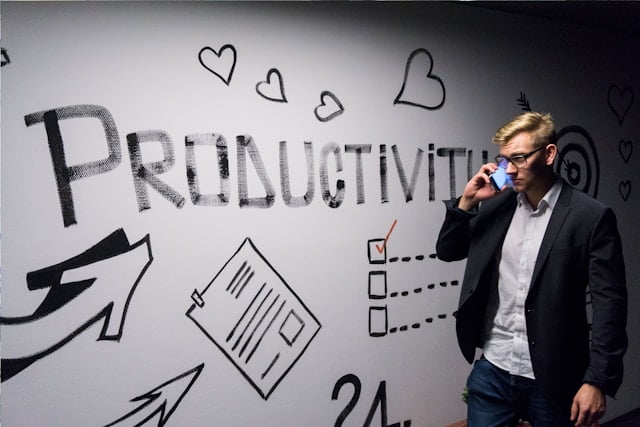SWOT is a simple, essential strategic analysis tool used to analyse an organization. It stands for Strengths, Weaknesses, Opportunities and Threats. We sometimes use it as a “personal SWOT” in relation to ourselves / participants in our programmes as well. Summary by The World of Work Project
SWOT
SWOT is one of the most famous and ubiquitous strategic planning tools around and it has been a bedrock of business and organizational studies programmes for many years. It is used to evaluate key factors affecting entities performance and it stands for Strengths, Weaknesses, Opportunities and Threats.
To use a SWOT in relation to an entity, you analyse two key sets of internal factors, the entity’s Strengths and Weaknesses and then two key sets of external factors, the Opportunities that may exist for them and the Threats that they are facing.
A SWOT analysis can be undertaken in relation to an organization, a business, a project team or even individuals. We often find it helpful to ask people to create their own personal SWOTs in relation to specific contexts as a tool to aid their growth and development.
Strengths
These are the internal attributes and resources that give an organization, business or an individual an advantage over their competitors.
From an organizational perspective, strengths could include a strong brand reputation, loyal customer base, unique technology, skilled workforce, financial stability, great leaders, economies of scale, and so on.
From an individual perspective the list could be much wider, paticularly depending on if a specific scenario and goals are being considered.
Weaknesses
These are internal factors that pose challenges or put the organization or person at a disadvantage or increase the liklihood of underperformance.
Examples of weaknesses at an organizational level might include outdated IT systems, low employee engagement, a poor organizational culture, limited budget for investment, high financial gearing, etc.
From a personal perspective, weaknesses might, depending on context, include things like lack of a network, lack of resources, a poor reputation, lack of motivation, etc. What they are really does depend on context.
Opportunities
These are external factors that a person or organization can take advantage of to achieve better outcomes.
Opportunities at an organizational level could includ things like a growing market, positive legislative changes, changing consumer preferences, new financing options, a new use-case for existing technology, a new technology or new product cross-selling opportunities.
At an individual level, opportunities could include things likea place to test a new way of doing things, a person to collaborate with, a course to take, and so on. Again, it really depends on the context and the individual’s goals.
Threats
These are external factors that could harm an organization’s performance, or prevent an individual from reaching their goals.
At an organizational level, threats might include economic downturns, new market entrants, changing regulatory landscapes, negative media coverage, social change that negatively affect consumer behaviours or even activist investors.
At a personal level, threats could be many and varied, depending on the context and goals being considered.
Learning More
There are lots of foundational strategic models like this around, though we don’t really cover them much on our website. Other ones you might want to explore include PESTLE, Mission and Vision statements, the VMOSA model, Porters Five Forces, the BCG 2×2 Matrix, SMART goals, the McKinsey 7S framework, and so on.
These tools are all really helpful, we just don’t cover them much as we’re more focused on the human side of things.
The World of Work Project View
SWOT is another lovely little strategic thinking tool, and is often well paired with PESTLE. It’s great to have in your toolkit and it’s quite versatile, being helpful at the personal, project, team or organizational level.
As we noted earlier, we quite like to have participants in our programme create a personal SWOT in relation to specific contexts they find themselves in, or in relation to specific learning and change objectives.
The concepts behind SWOT can also be quite helpful when used for coaching conversations as a way to help people gain more clarity about their contexts and what they might best do to achieve their goals.
How We Help Organizations
We provide leadership development programmes and consulting services to clients around the world to help them become high performing organizations that are great places to work. We receive great feedback, build meaningful and lasting relationships and provide reduced cost services where price is a barrier.
Learning more about who we are and what we do it easy: To hear from us, please join our mailing list. To ask about how we can help you or your organization, please contact us. To explore topics we care about, listen to our podcast. To attend a free seminar, please check out our eventbrite page.
We’re also considering creating a community for people interested in improving the world of work. If you’d like to be part of it, please contact us.
Sources and Feedback
We don’t really have any sources for this, it’s just based on our experiences. Do let us know if you are aware of any references we should include.
We’re a small organization who know we make mistakes and want to improve them. Please contact us with any feedback you have on this post. We’ll usually reply within 72 hours.






